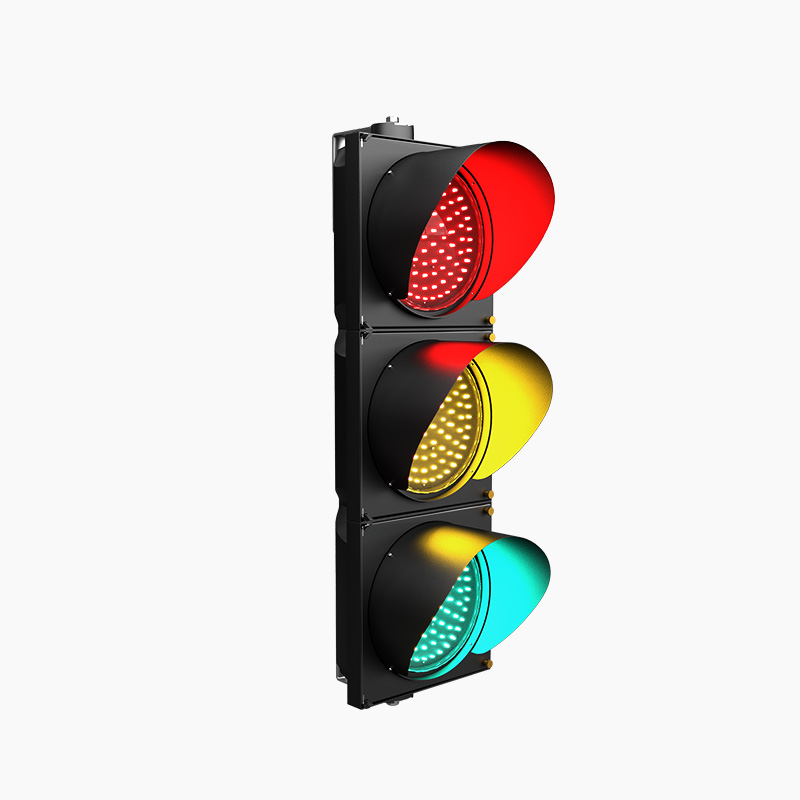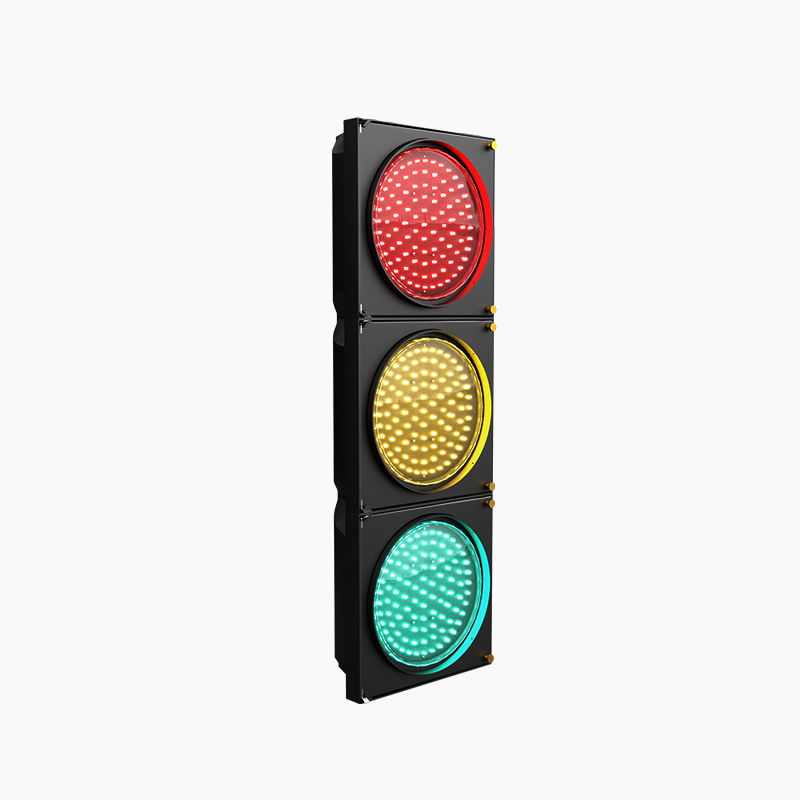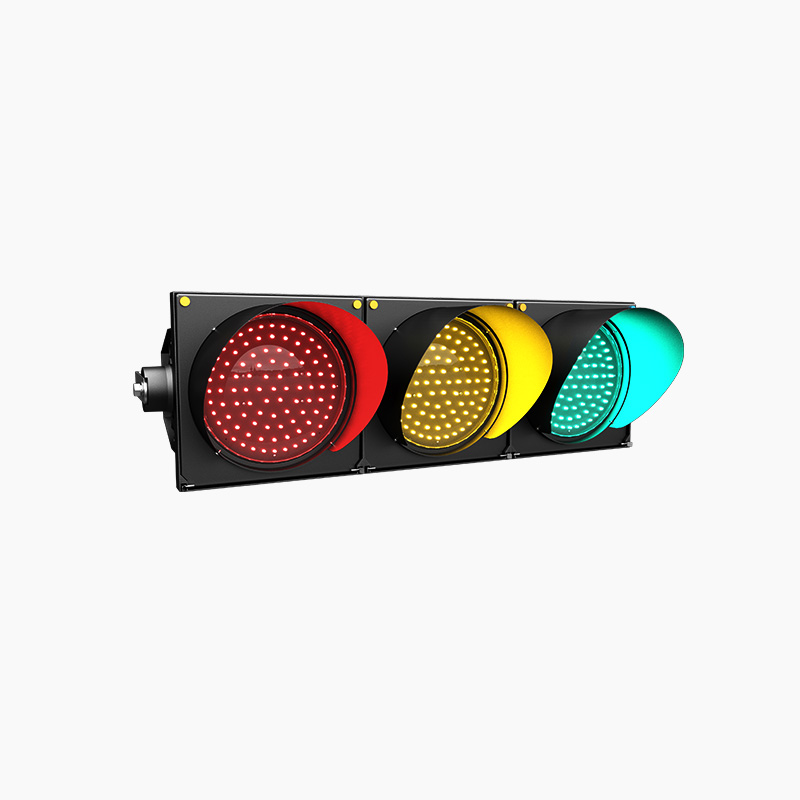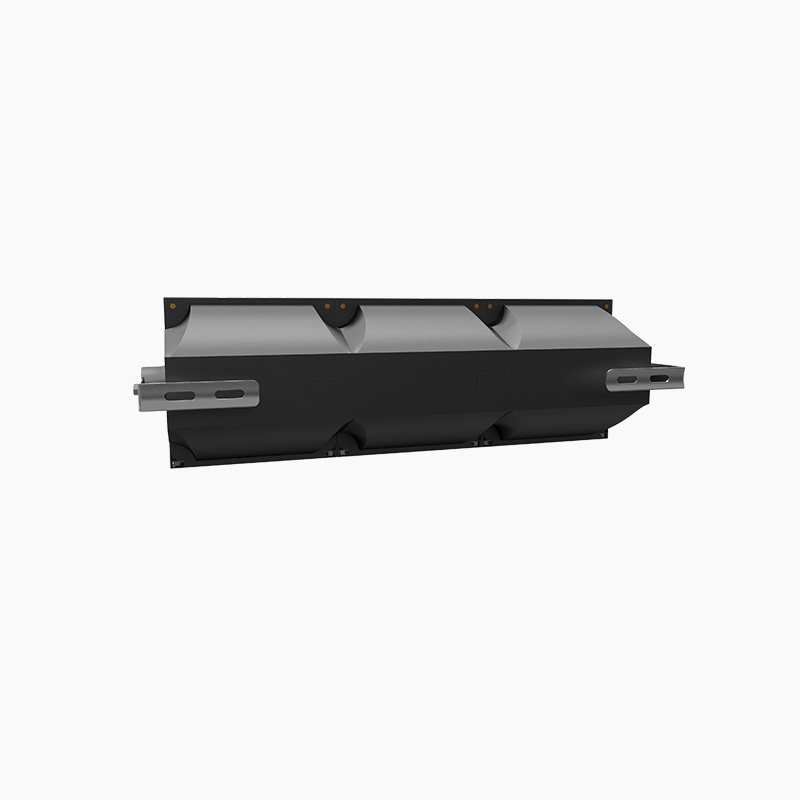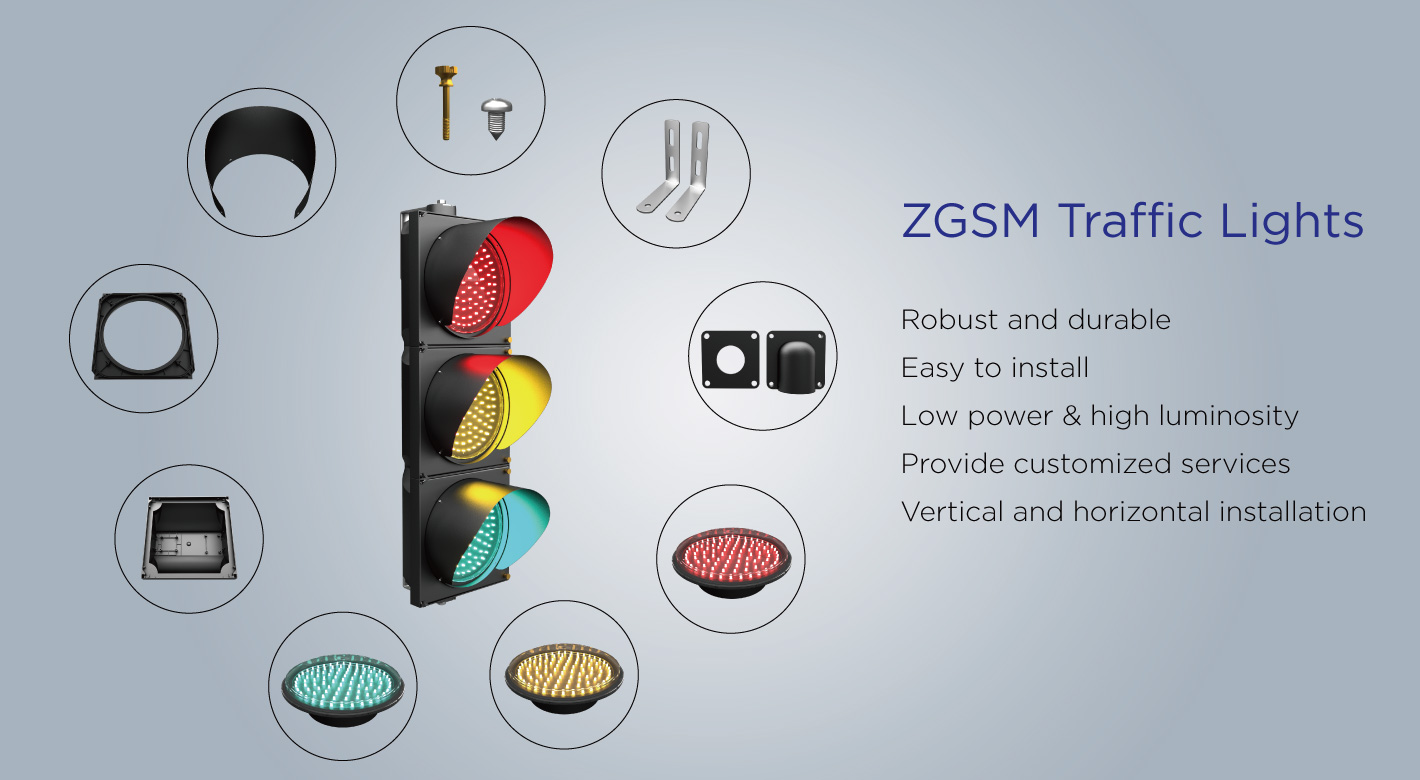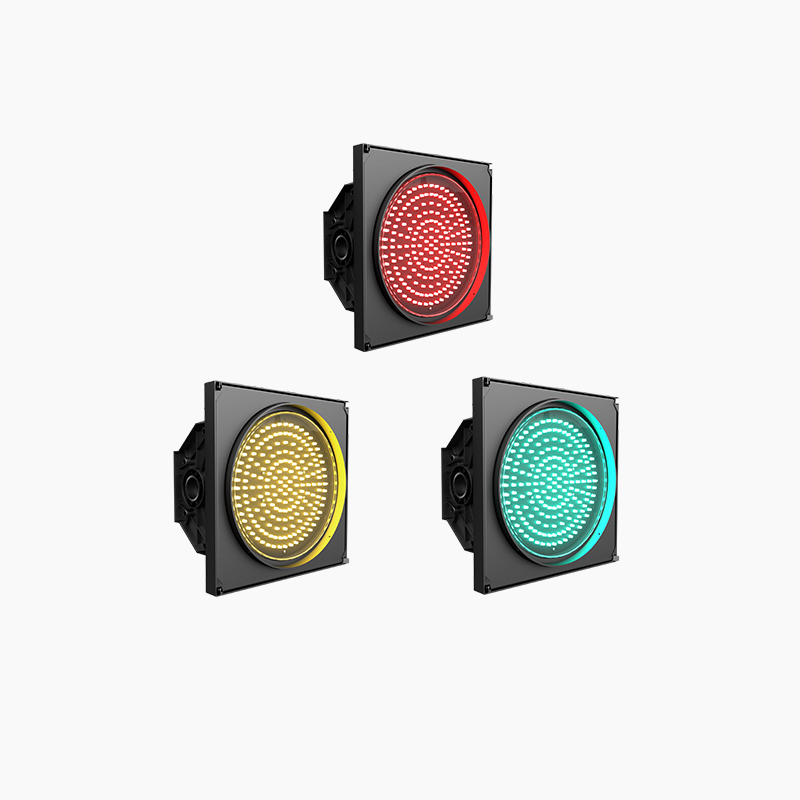200mm Red Yellow Green Stop Light
200mm (8 inches) red yellow green stop light is one of the most common signal combinations, consisting of three 200 mm full ball lights in the colors red, yellow and green, with the red light signaling stop, the green light signaling pass, and the yellow light warning of a fast pass, the 200 mm size signals are usually used at intersections with low traffic volumes.
ZGSM as one of the best suppliers of red yellow green stop light in China, we can provide a variety of color combination of traffic signals, welcome to contact us!

